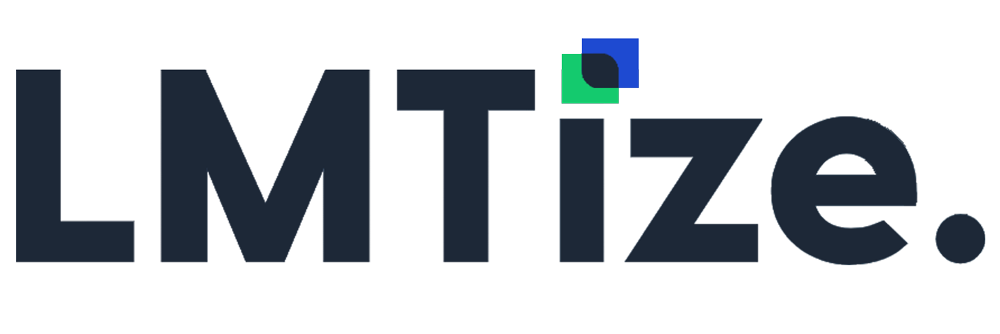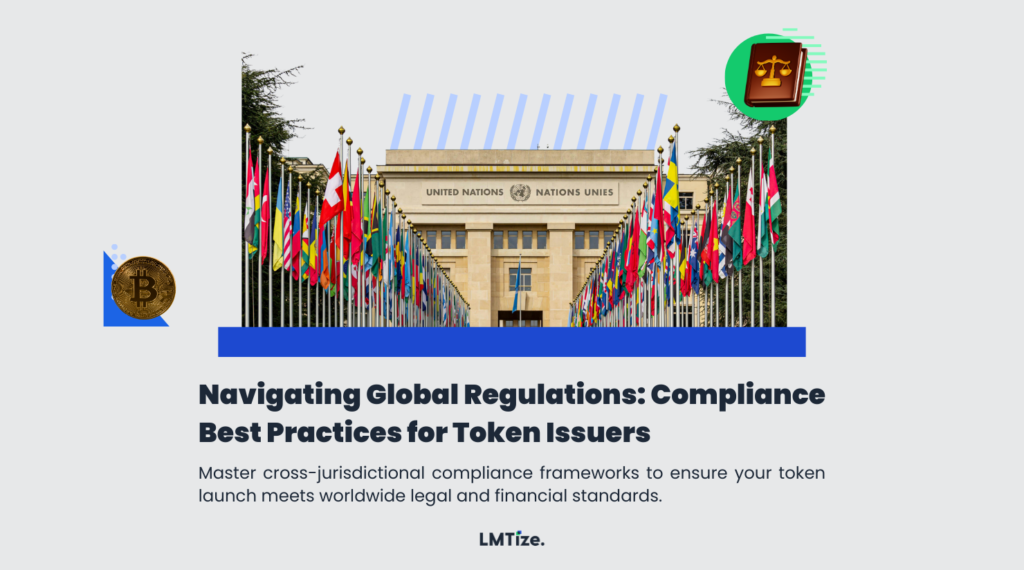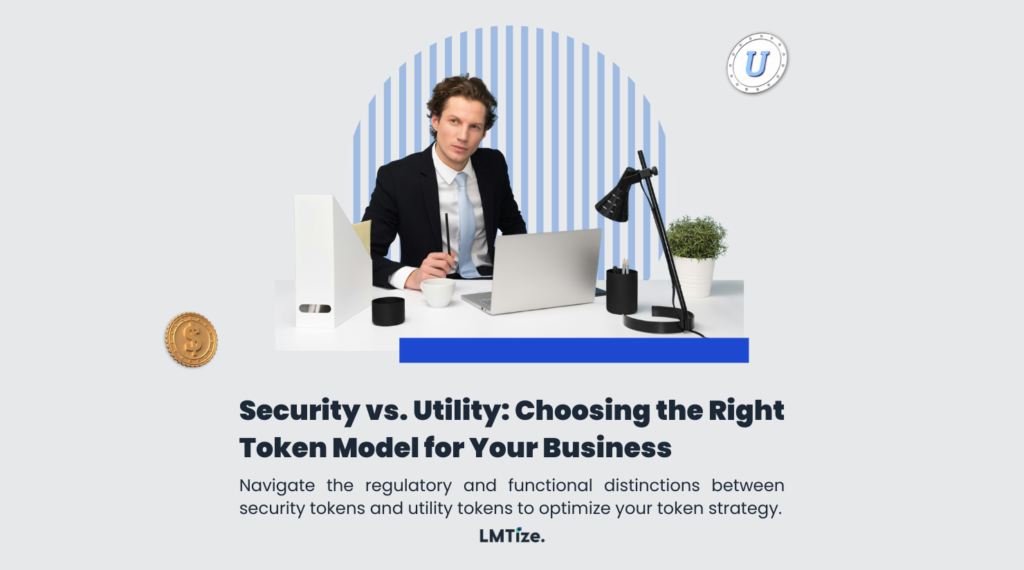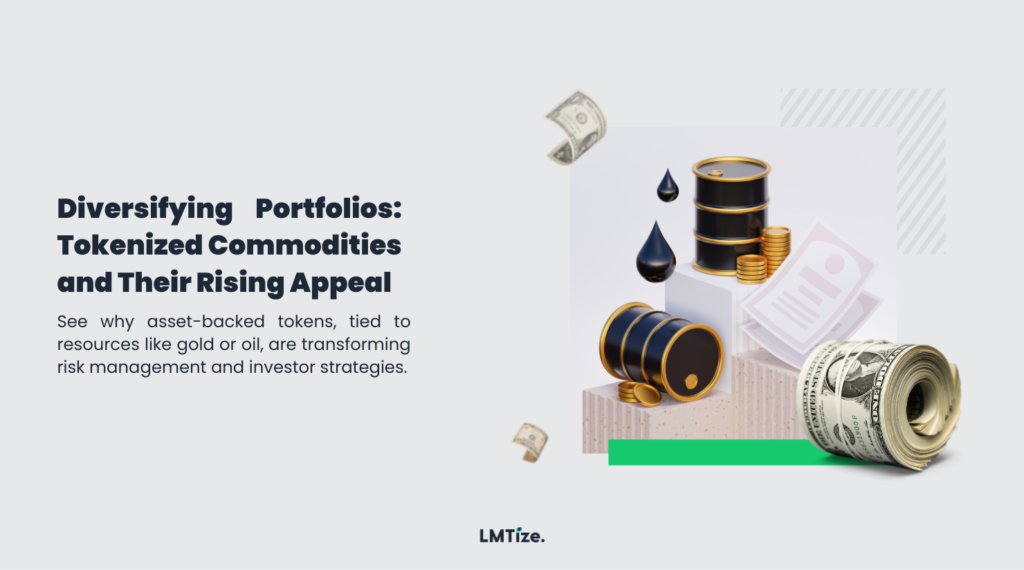Your organization has identified a business and revenue opportunity to incorporate blockchain into your offerings or perhaps even launch a new product line involving digital assets. You’re ready to implement this cutting-edge technology into a product offering. The question now is, “Where do we begin?”
Introduction
The journey to incorporating blockchain into your product offerings involves working with partners and products that seamlessly fit into your existing tech stack and operational workflows. This guide provides a concise overview of the key considerations to help you start building blockchain-based payments applications, products, and services.
Key Considerations for Building a Blockchain Payments Solution
Building an efficient and flexible solution for blockchain payments involves multiple components. The three main categories you need to address are Wallet Infrastructure and Security, Ecosystem Partners, and Operational Workflows.
Wallet Infrastructure and Security
Building the solution architecture, wallet infrastructure, connectivity to blockchain networks, and the overall orchestration of your solution are crucial. Depending on your organization’s use case, you’ll need to decide if you will custody funds on behalf of customers and what type of wallet infrastructure best suits this purpose. Security in crypto and digital assets is paramount from Day 0.
Consideration 1: Build vs. Buy
Deciding whether to build your own wallet infrastructure or use a vendor is essential. Speed to market and security are top priorities, and using a well-established, battle-tested, and audited vendor is often the fastest and most secure path forward.
Consideration 2: Choosing the Right Wallet Infrastructure Model
Your blockchain-based products and services need to meet today’s payment environment expectations – fast, efficient, and agile. Ensure you maintain full control over your payment flows and operations by choosing a wallet infrastructure model that offers the control and flexibility needed to meet customer needs.
Consideration 3: Blockchain and Currency Selection
Determine if you will focus on a specific blockchain or remain blockchain agnostic. Decide whether you’ll work with specific cryptocurrencies like USDC, USDT, or PUSD. As blockchain interoperability grows, your wallet infrastructure should support various use cases, chains, and tokens.

Ecosystem Partners
With wallet infrastructure considerations in place, the next step is to build an ecosystem of participants to handle various parts of the value chain, ensuring your crypto and digital asset products and services can launch quickly and perform optimally.
Consideration 4: On and Off-Ramps
Depending on your use case, having on/off ramp partners who provide access to fiat corridors is crucial. The ability to make quick and secure withdrawals is key.
Consideration 5: Liquidity Providers
Access to reliable and deep liquidity at the best prices is paramount. Understanding your cost structure and pricing strategy hinges on this consideration.
Consideration 6: Compliance
Implement the right infrastructure to comply with AML (Anti-Money Laundering), KYT (Know Your Transaction), and Travel Rule regulations for the jurisdictions you plan to operate in, and beyond as you expand.
Operational Workflows
Having defined your wallet infrastructure and ecosystem needs, the final step is developing an operations strategy. This involves mapping out operational workflows, responsibilities, and dependencies for your product or service.
Consideration 7: Governance and Transaction Approvals
Security isn’t just about protecting from external threats but also internal ones. Develop transaction authorization rules to secure your operations from bad actors and ensure continuity. Ensure these rules are customizable and can evolve with your needs.
Consideration 8: Embed Automation in Your Workflows
Automate governance flows to keep up with business needs and streamline manual, time-consuming processes. Mapping out workflows helps identify areas for automation.
Consideration 9: Accurate Reporting and Reconciliation
Track and audit all transactions (inbound and outbound) and ensure compatibility with your legacy reporting systems for fast and easy reconciliation.
Conclusion
Embarking on the journey of building blockchain-based payments solutions involves multiple considerations spanning wallet infrastructure, ecosystem partners, and operational workflows. By addressing these key considerations, your organization can effectively integrate blockchain technology, ensuring security, efficiency, and scalability from the start.
FAQs
1. What are the initial steps to building a blockchain-based payment solution?
Start by defining your wallet infrastructure and security needs, identify necessary ecosystem partners, and develop a comprehensive operational workflow strategy.
2. Should we build our own wallet infrastructure or use a vendor?
Using a well-established, audited vendor is often the fastest and most secure way to bring your solution to market.
3. How do we ensure compliance in the blockchain space?
Implement the necessary infrastructure to comply with AML, KYT, and Travel Rule regulations for the jurisdictions you plan to operate in.
4. What role do ecosystem partners play in blockchain payment solutions?
Ecosystem partners handle various parts of the value chain, ensuring your products and services launch quickly and perform optimally.
5. How can we ensure accurate reporting and reconciliation?
Track and audit all transactions, and ensure your reporting systems are compatible with legacy systems for fast and easy reconciliation.




